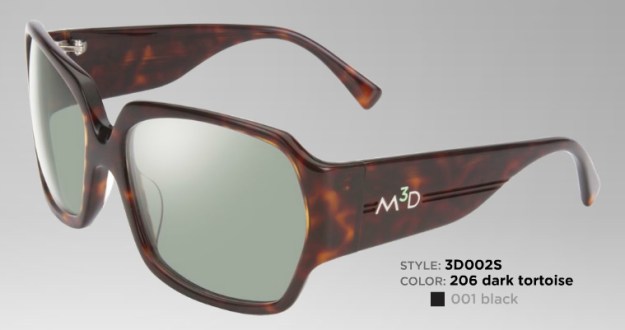
Being unveiled at theaters in San Diego and Huntington Beach this week, Marchon3D is rolling out vending machines that dispense designer 3D glasses at UltraStar Cinemas and Cinemark theaters. Using a credit card at the self-service vending machines, patrons of the theater can purchase 3D eyewear starting at $22 and ranging up to $70 for the limited edition models. While designed for RealD 3D equipped movie theaters, the glasses will also work with passive laptops, gaming consoles and high definition televisions. Similar to movie theater kiosks that dispense tickets, the vending machines use touch panels to select and pay for the various models of 3D glasses.

According to the official company website, Marchon3D claims that the glasses are superior due to a “patented lens process” that provides “excellent optics”, “minimal distracting lens reflections” and “vivid colors”. However, there’s no specific comparison to standard issue, free models of 3D glasses provided by the theater. Passive 3D glasses can be found on Amazon for as inexpensive as $2 and models in various colors or styles can be purchased for around $10 from the online retailer.
Earlier this month, Panasonic, Samsung, Sony, and Xpand 3D announced a partnership to create a standardized version of active 3D glasses that will work on various brands of displays as well as 3D-equipped theaters.
Editors' Recommendations
- 3D is readying for another comeback — and this time it’s personal
- Apple Vision Pro brings TV, 3D movies to a massive, 100-foot-wide screen


